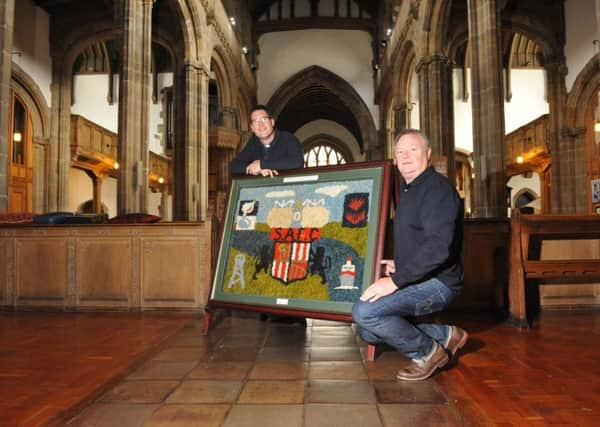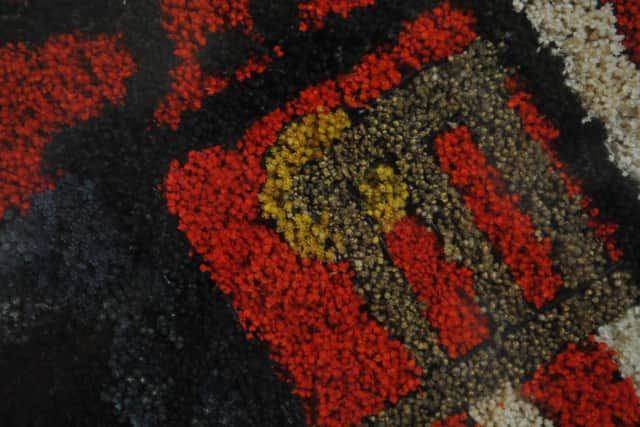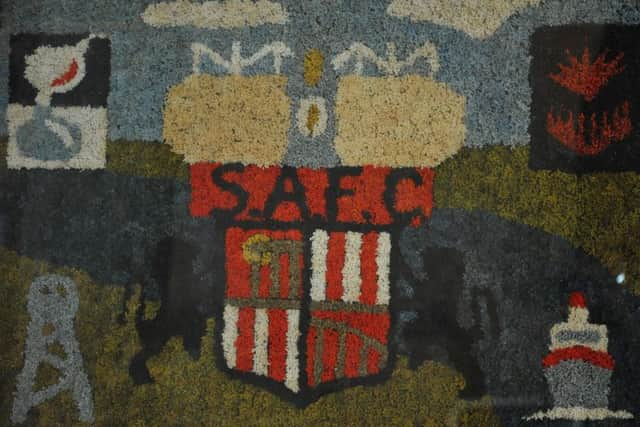Sunderland's Fan's Museum is new home for Wearmouth Colliery memorial


Wearmouth Colliery opened in 1835 and was the last operational mine in the County Durham Coalfield when it closed in December 1993.
The site was cleared shortly afterwards and is now home to the Stadium of Light, which opened in July 1997 to replace Roker Park.


Advertisement
Hide AdAdvertisement
Hide AdAt least 300 people died in the pit during its 158-year history, and a memorial to them was created when the pit closed.
The dried floral display reflects Sunderland’s industrial heritage and bears the not only the Sunderland AFC badge and an image of the Stadium, Wearmouth Colliery’s winding gear, a ship leaving the Wear, and the logos of the University of Sunderland and the National Glass Centre.
The Glass Centre and the University’s St Peter’s Campus were both built on land which was formerly part of the J L Thompson shipyard.
The memorial has been housed in Sunderland Minster since it was created, but is now set to move to a new home in the Fans’ Museum, which is being created in the former Monkwearmouth Station museum in North Bridge Street.


Advertisement
Hide AdAdvertisement
Hide AdMuseum founder Michael Ganley said the move would mean the memorial was closer to the pit it was created to commemorate.
“It has been in the Minster since 1993, when the pit closed,” he said.
“It really is a special piece of local history.
“I feel very privileged that they contacted me to see if we would be able to find it a suitable home.
“They wanted to find a home that was closer to the site of the Colliery. We are in Monkwearmouth, the pit was in Monkwearmouth and the people who worked there came from round here.”
Advertisement
Hide AdAdvertisement
Hide AdProviding a new home for the display was part of the museum’s mission to place football in the wider context of culture and society and the role it plays in the lives of supporters.
“Every fan comes from a different walk of life, but they all have one thing in common and that is football,” said Michael.
“We want to spread the news about Sunderland and what it has experienced over the years.”